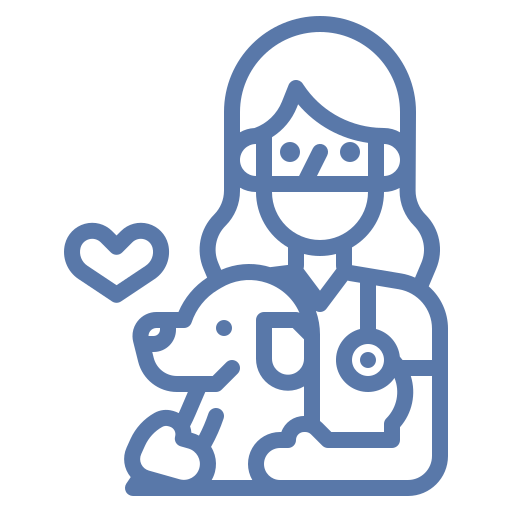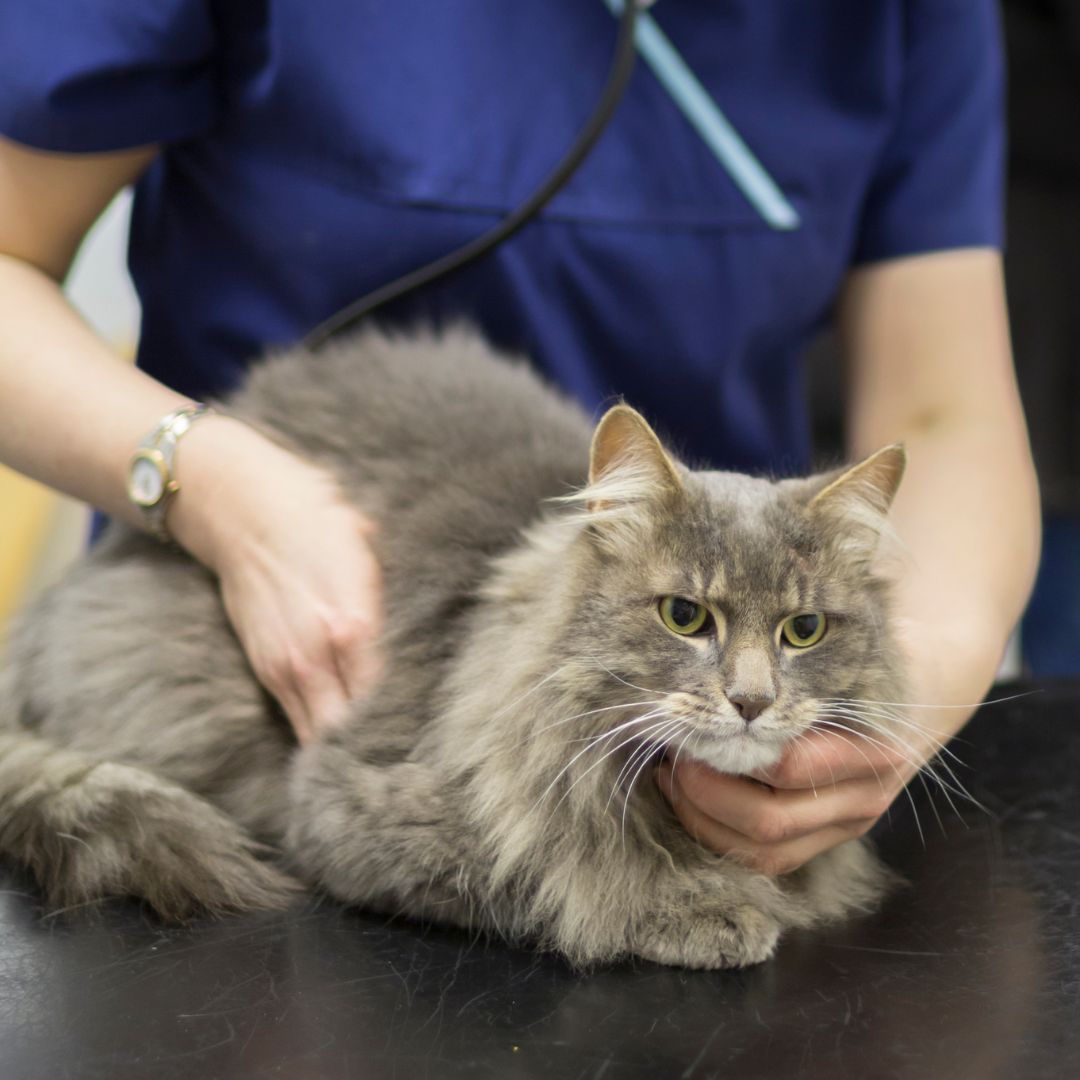Now Accepting New Clients!
Johnstown, CO
Full Circle Veterinary Care
SMALL-TOWN FEEL, STATE-OF-THE-ART CARE.
About Full Circle Veterinary Care
What We Offer
Our Veterinary Services

Pet Wellness visits

Pet Sick visits

Pet Surgery

Pet Reproduction

Pet Dentistry

Pet Pain management

Meet Our Veterinary Team
Veterinarian in Johnstown, CO
Our veterinarians have extensive experience in all areas of veterinary medicine, from routine wellness care to complex surgical procedures. The Full Circle Veterinary Care staff is full of caring and compassionate individuals who work tirelessly to ensure each pet is comfortable and well-cared for during their visit. One thing that sets our staff apart is our dedication to treating each pet as an individual, taking our time to get to know each pet and their unique needs.
Thank You For Your Kind Words!
We appreciate you taking the time to let us know how your experience at Full Circle Veterinary Care was.

Virginia S.
I absolutely love Dr Early and her crew at Full Circle Vet Care. I would simply not trust anyone else with my dogs! She and her staff are thorough, caring, and very knowledgeable. They ask questions and want to know what I see the dogs experiencing. I love the new clinic and can’t wait until they get completely settled, and decorated. Keep up the great job!
Brian S.
Over-the-top quality care! The amazing staff are both compassionate and knowledgeable. Dr Early is awesome! She expertly diagnosed a serious condition and advised emergency surgery that saved my dogs life when three other vets missed it. Forever grateful!!
Mandy C.
This vet is amazing! Incredibly knowledgeable, kind and diligent. This is the only vet I trust our fur babies with. Ophelia one of the front office staff is friendly and fun.
